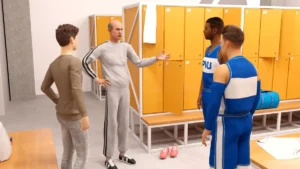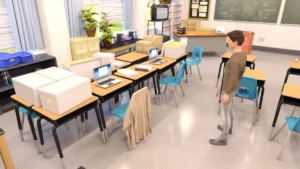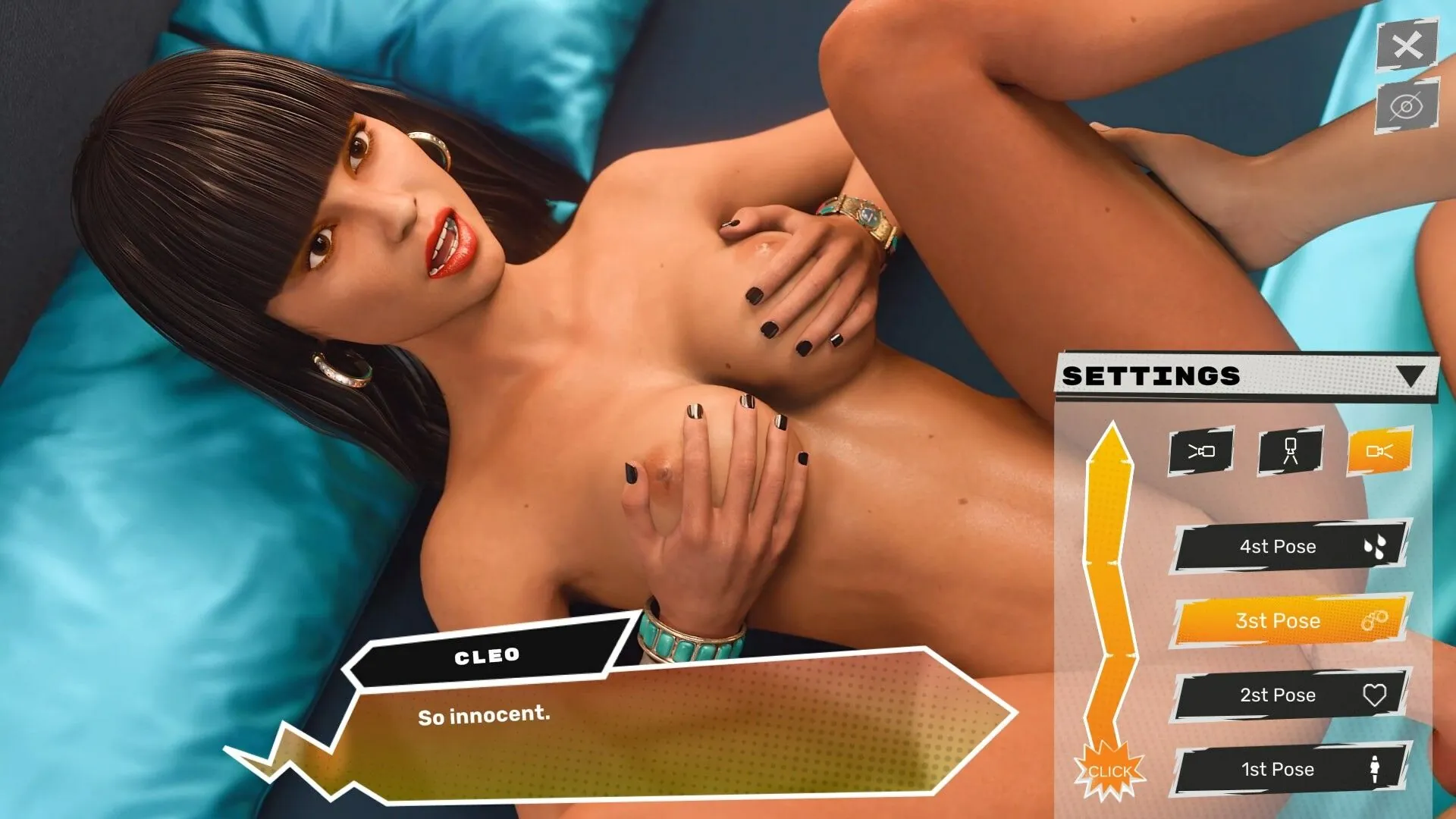
University of Problems
Play University of Problems
University of Problems review
Explore Gameplay, Characters, and Strategies in University of Problems
University of Problems is a unique visual novel game that immerses players in the life of a college student navigating campus challenges and relationships. This guide dives deep into the game’s core features, character dynamics, and gameplay strategies to help you make the most of your virtual college adventure. Whether you’re new to the game or looking to refine your approach, this article covers everything you need to know about University of Problems.
Gameplay Overview and Core Mechanics of University of Problems
Stepping into University of Problems for the first time, I felt that familiar rush of starting college—except this time, my social life and academic future weren’t actually on the line. 😅 I quickly realized this wasn’t your typical click-through adventure. The University of Problems gameplay is built on a foundation of meaningful decisions, where every conversation can alter your campus destiny. It’s a world that perfectly captures the chaos, drama, and excitement of university life, all wrapped up in a compelling visual novel game mechanics package. If you’ve ever wondered what would happen if you chose to study for an exam instead of going to a party, this game lets you live out those consequences in the most entertaining way possible.
What Makes University of Problems Unique?
So, what sets this game apart in a sea of visual novels? 🤔 It’s the sheer depth of its simulation. While many games in the genre offer branching paths, University of Problems weaves your character’s core stats—like Intelligence, Strength, and Charisma—directly into the narrative fabric. I remember one playthrough where I’d focused heavily on building my Strength stat. Later, during a confrontation with a rival, I was given a unique dialogue option to physically intimidate him—an option that wouldn’t have been available otherwise. This created a completely different story outcome than my previous “book-smart” playthrough.
The game’s world feels alive and reactive. Unlike passive storytelling, the University of Problems gameplay demands your constant engagement. You’re not just reading a story; you’re actively building your character’s personality, reputation, and future through dozens of small choices every single day. It’s this fusion of classic visual novel charm with light RPG elements that creates a truly unique and addictive experience. You become the architect of your own college drama. 🎭
Key Gameplay Elements and Player Choices
The heart and soul of this experience lies in its interactive systems. The core loop is deceptively simple: you navigate your weekly schedule, interact with a vibrant cast of characters, and make choices. But beneath that surface is a complex web of cause and effect. The player choices impact story progression in profound ways. Early on, I decided to blow off a study session with the diligent Emily to hang out with the more fun-loving Sarah. This single decision not only boosted my relationship with Sarah but later locked me out of a key story arc with Emily for several in-game weeks. The game remembers everything.
A standout feature is the strategic questioning game during conversations. You’re often presented with multiple dialogue paths, and picking the right one requires you to think about the character you’re talking to. Asking the sporty Chloe about art history might bore her, while discussing training regimens will earn you major points. This isn’t just about picking the “nice” option; it’s about being socially savvy.
Then there are the fantastic mini-games in University of Problems. These aren’t just filler content; they’re integrated challenges that test your stats. The basketball event is a perfect example. 🏀 If your Strength stat is high enough, you’ll perform well, earning respect from certain characters and unlocking new dialogue. If it’s low, you might embarrass yourself, leading to a completely different, often humorous, scene. These mini-games break up the reading and make your stat-building efforts feel tangible and rewarding.
Here’s a quick breakdown of how these core mechanics intertwine:
| Gameplay Element | Primary Function | Impact on Story & Relationships |
|---|---|---|
| Dialogue Choices | Drive conversation and express player intent | Directly influences character affinity and unlocks unique story branches |
| Stat Checks (Intelligence, Strength, etc.) | Gatekeeps certain actions and responses | Opens or closes specific narrative paths and solutions to problems |
| Mini-Games | Provides interactive challenges | Offers stat-based rewards, unique scenes, and relationship boosts |
| Time Management | Allocates time between studying, socializing, and events | Determines which storylines and character routes you can pursue |
How to Navigate the Campus and Events
Navigating the university is your key to unlocking everything the game has to offer. The campus acts as a central hub, and learning its rhythm is crucial. The map is intuitively designed, but the real strategy comes from managing your time between locations. Are you heading to the library to boost your Intelligence for an upcoming exam? Or are you hitting the gym to ensure you’re ready for the next campus events University of Problems has lined up, like the infamous pool party or the dorm mixer? 🎉
Speaking of events, they are the highlight reels of your university experience. These campus events University of Problems hosts are not to be missed. They are often pivotal moments for character relationship building. I made the mistake of skipping the “Welcome Week” bonfire once, and I spent the next month trying to catch up on gossip and connections I had missed. These events are where relationships can blossom, rivalries can ignite, and you can see the direct results of your choices play out in a social setting.
The pacing is masterful. The game gives you just enough freedom to feel in control, while the calendar system ensures the story keeps moving forward. You can’t do everything, and that’s the point. You have to choose which character’s route you want to invest in. Want to pursue the artist, Maya? You’ll need to frequent the arts building and choose dialogue options that align with her creative and sensitive personality. This focused approach to character relationship building ensures that each playthrough feels personal and distinct.
Ultimately, the magic of University of Problems is that it makes you care. You become invested in your digital GPA, your friendships, and your romantic pursuits. The University of Problems gameplay loop of making choices, dealing with the consequences, and striving for a better outcome on your next playthrough is incredibly compelling. It’s a testament to how powerful visual novel game mechanics can be when they are designed with this much care and attention to detail. So dive in, make some mistakes, and start crafting your ultimate campus story. Your unique university life is waiting. ✨
University of Problems offers a compelling and interactive college experience through its engaging narrative and strategic gameplay. By understanding the core mechanics and character dynamics, players can navigate the campus challenges effectively and enjoy a personalized story journey. Dive in, make thoughtful choices, and explore the diverse paths this game offers to maximize your virtual college adventure.






















